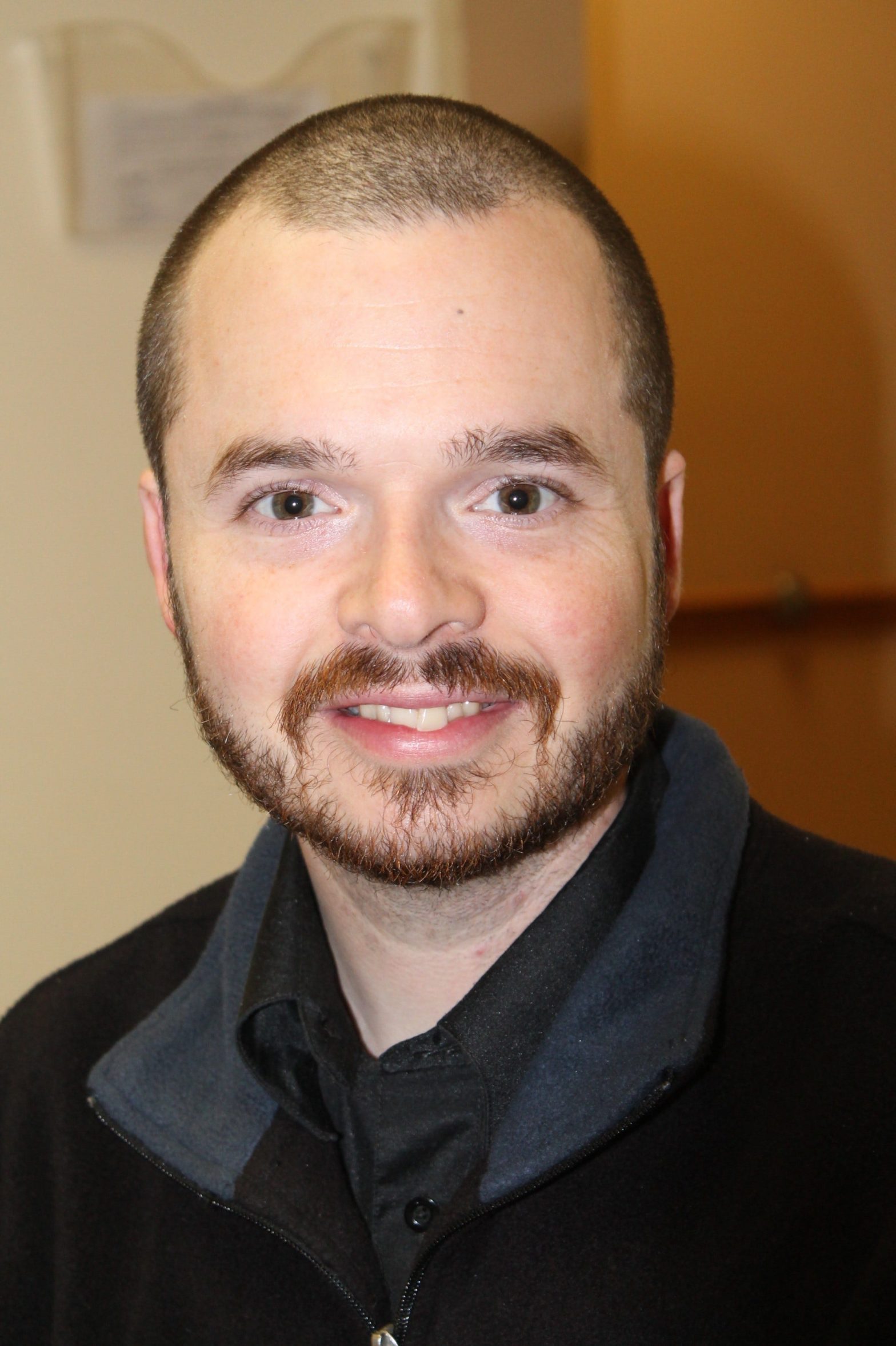
So, dear reader, I’ve come to the end of my series on alternative energy with two quite disparate types: wind and nuclear. While I am expressing my opinion on these various kinds of energy, I hope my larger aim comes through. I’ve said I want to look at what works. When focusing on what works, I believe you’re also focusing on commonality. We may disagree on how to get there, but I think we all want to pay less for more, to be more energy self sufficient, and to have a better future for ourselves and our children. We also have to recognize where we will never agree. Some conservatives may experience smog, but will never believe mankind affects the global climate enough to melt icecaps and raise sea levels. Some liberals will experience any manner of criminal barbarism and believe it’s still better than legal firearms. Once we accept yelling louder or even presenting compelling evidence will not change some minds, we’ll start to agree to disagree and instead look at what works.
Windmills work where there is enough room for a wind farm. I can’t help but picture Don Quixote when I imagine fighting against wind energy. Even something as simple as a windmill benefits from technological advancements. Blades become lighter and larger. The mechanisms converting the spinning blades into electricity become more efficient. Research reduces windmill impact on wildlife and human health problems. So where they may have failed in the past, they can potentially succeed in the future. Wind is an interminable resource, like solar power, so we ought to use it. Is it perfect now? Is any energy source perfect now? Does inefficiency automatically mean abandonment? In business, this is true. An inefficient employee (typically) ends up looking for a new job. However, wind is always working whether windmills exist or not and the inefficiency lies with the technology, not the resource.
Nuclear power works for France. According to the World Nuclear Association (WNA), “France derives over 75% of its electricity from nuclear energy.” However, you live in America. Chances are, you live in Santa Rosa County, Florida. What “works” may not work for everyone. I think this is another important facet of looking at solutions. I believe America is a bigger military target than France. Chernobyl is still unsafe to visit for long. As effective as nuclear power may be (think atomic bomb-powered engines), our plants are only as safe as our military is strong and smart. I believe in the potential nuclear power suggests, and that plants can be made safe (though not 100% of course) from meltdown. However, a lot of people with a lot of weapons hate us (somehow, more than some hate France). This September marks 13 years after the World Trade Center attack. Several first-responders now report many respiratory and sinus issues after doing their heroic work in and around the rubble. Imagine a single successful attack on an American nuclear power plant. Risks appear low now but impact would be high to say the least. Still, does this threat automatically mean abandonment? Going to space was dangerous to the astronauts, but the endeavor is still paying off. However, going forward with nuclear should mean accounting for this threat. To put it another way, I’m less worried about a cyber attacked or blown up wind farm than nuclear power plant.
This article originally appeared on Santa Rosa Press Gazette: What works may not work for everyone
